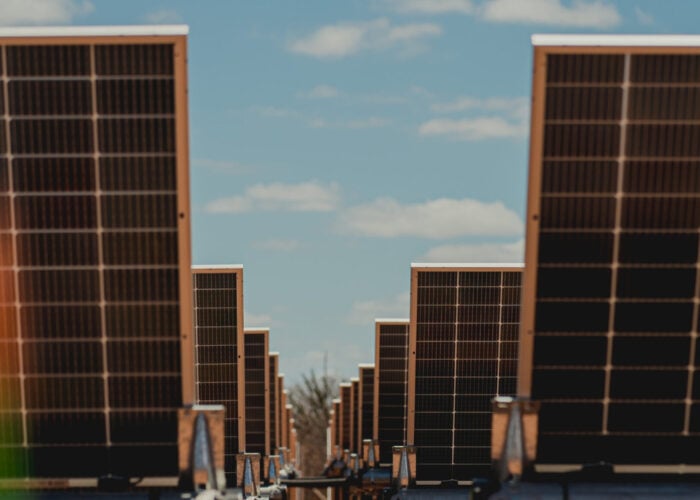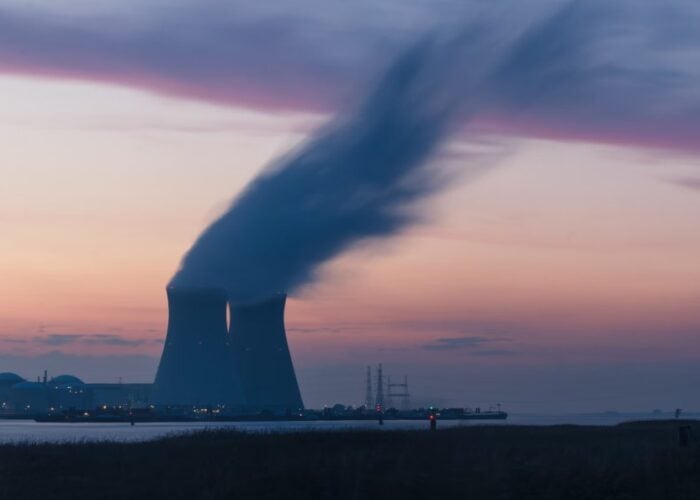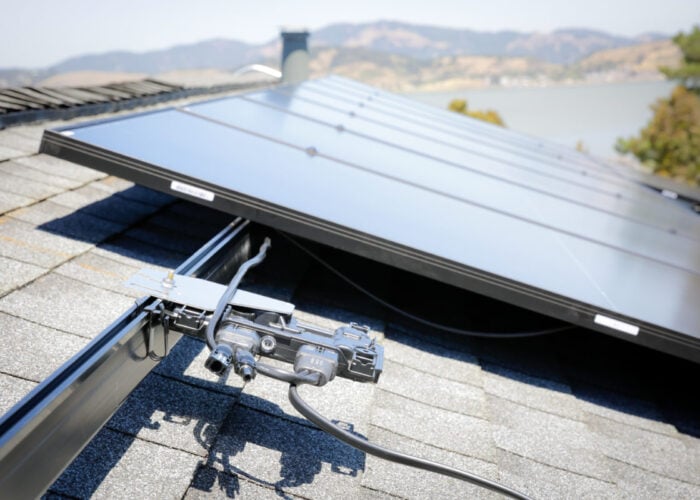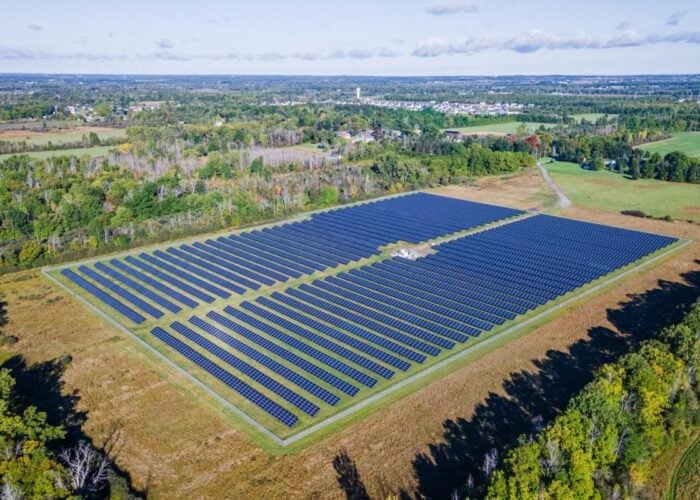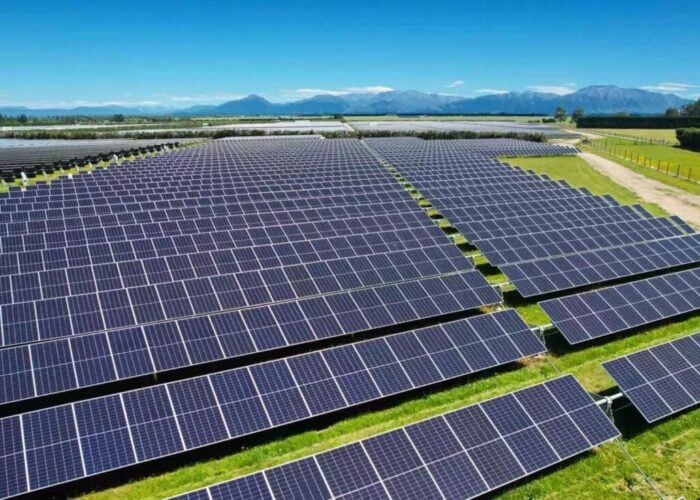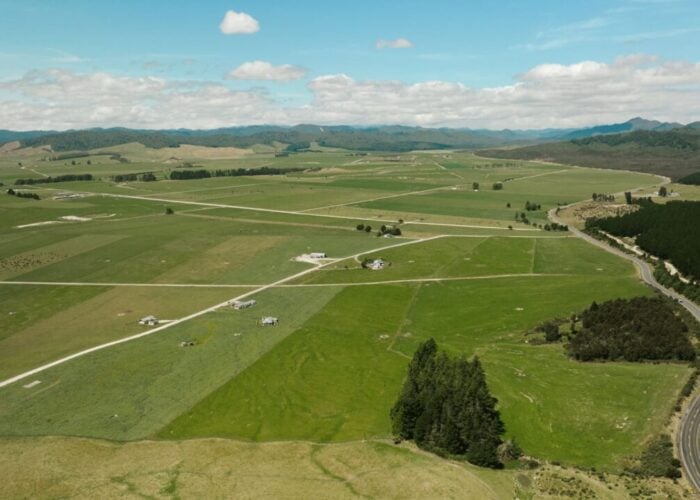ASP declines in 2012, driven by industry overcapacity throughout the PV supply chain, forced over 350 companies in China, from equipment suppliers, polysilicon producers to module manufacturers, to stop operations entirely, according to market research firm ENF.
ENF said that a significant influx of new entrants in 2011 led to the number of Chinese manufacturing companies directly involved in the PV industry increasing from 807 to 901.
Try Premium for just $1
- Full premium access for the first month at only $1
- Converts to an annual rate after 30 days unless cancelled
- Cancel anytime during the trial period
Premium Benefits
- Expert industry analysis and interviews
- Digital access to PV Tech Power journal
- Exclusive event discounts
Or get the full Premium subscription right away
Or continue reading this article for free
However, in 2012 the number of companies exiting the sector due primarily to bankruptcy was close to 300, reducing the number of players to 704, according to ENF.
During 2012 the number of core solar chain manufacturers dropped from 901 to 704, with a particular drop among panel manufacturers from 624 manufacturers to 454 manufacturers. In addition a further 180 core chain manufacturers went to sleep, meaning that there are now only 524 currently operating manufacturers, a 42% decline since 2011.
However, the market research firm suggested that many smaller module producers may remain dormant until demand improves and supply and demand dynamics come back into balance, at which point manufacturing operations could begin again.
Market dynamics for thin-film producers was said to be even worse. Crystalline module ASP declines have exceeded thin-film cost reduction efforts, with the majority of production of thin film modules halted.
ENF said that Chinese produced thin-film module prices dropped from €0.63/Wp (US$0.85) in December 2011 to €0.57/Wp (US$0.74) in December 2012, remaining at higher price points than crystalline-based modules.
Crystalline-based module prices stood at €0.68/Wp (US$0.92) in December 2011 but by December 2012 had fallen to just €0.46/Wp (US$0.60).
Based on manufacturing cost figures issued in Q3 2012, Yingli Green, one of the lowest cost producers in the industry, had non-poly silicon costs of US$0.53 per watt and a gross margin of PV modules of 0.3%. The company had targeted non-poly silicon costs of US$0.45 per watt by year end.

